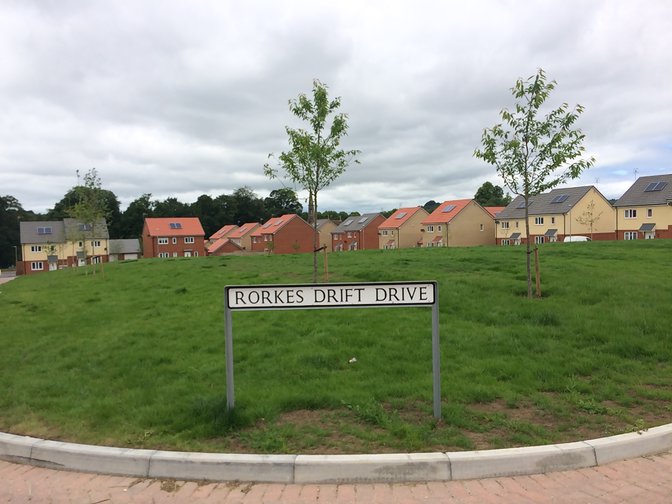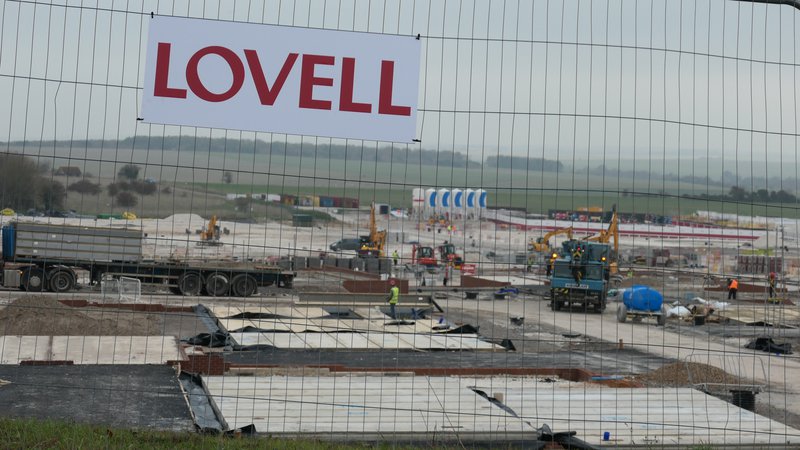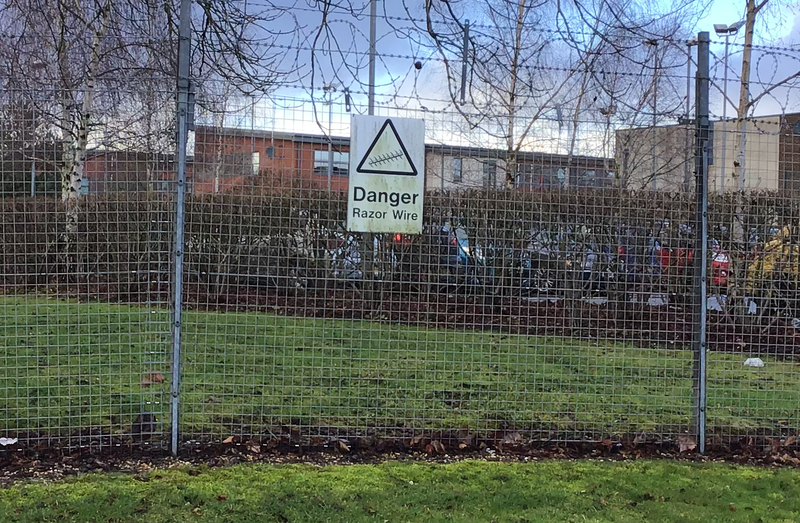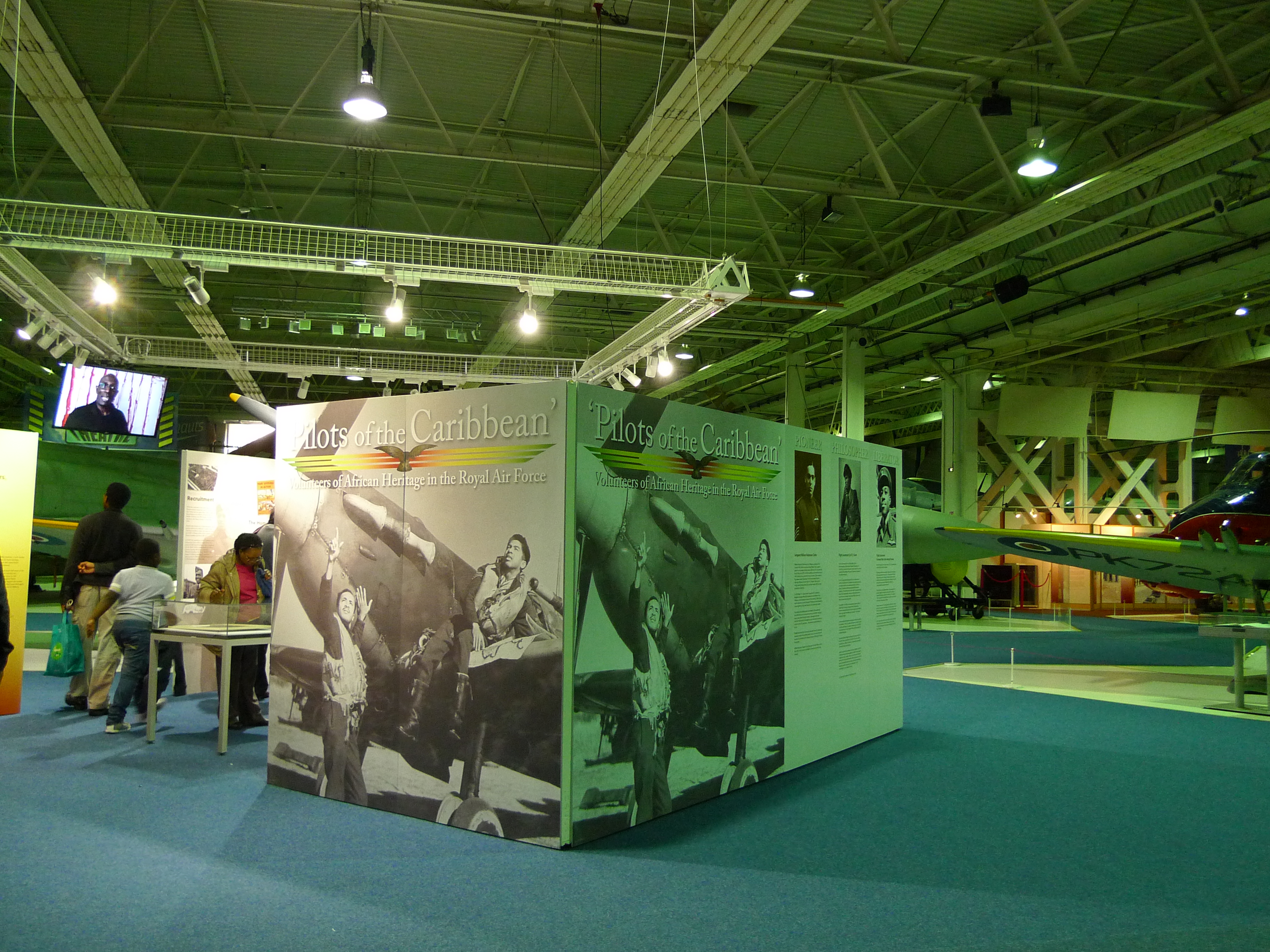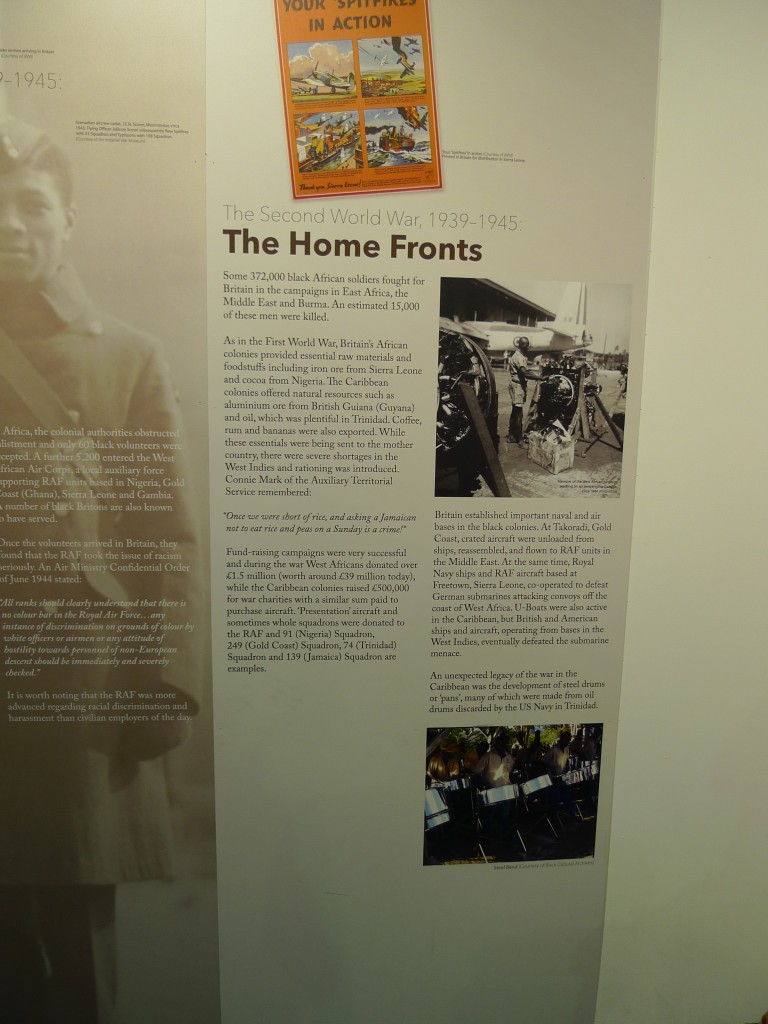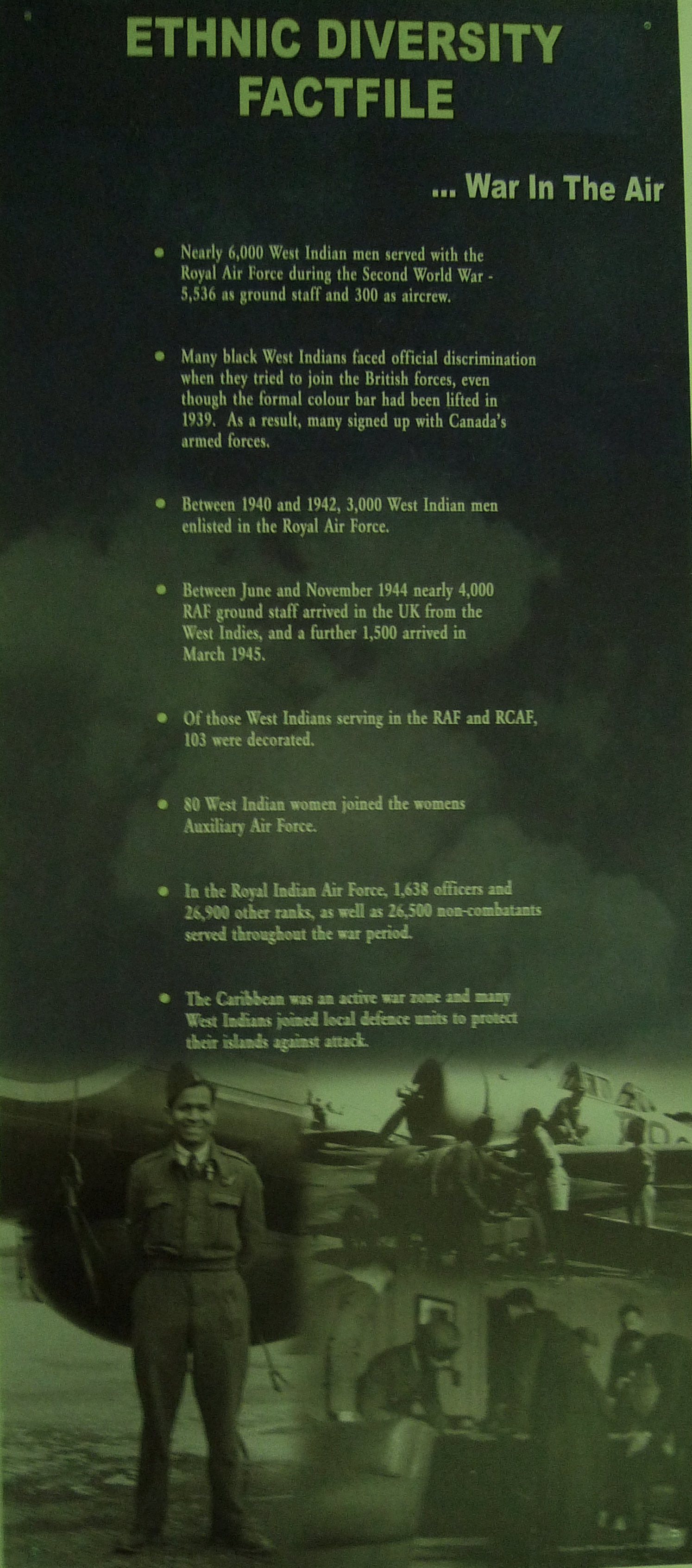The question of racism in the armed forces is, for most of the time, a remote and largely untracked phenomenon. This is partly due to the remoteness of the institution itself, heavily fortified against prying eyes and protective of its reputation as a noble, unassailable force for good in the world. Aside from the ongoing recruitment crisis, the public only hears about problems inside the military world when they come to light in employment tribunals.
One recent example was in summer 2019 when a judgement ruled that paratroopers Nkululeko Zulu and Hani Gue had been the victims of racist graffiti written on a photo of them in their barracks at Colchester in January 2018. In their testimony, the pair described the levels of abuse and harassment that they had experienced over the years.
This case received a fair amount of publicity at the time, and it seems to have alerted a section of the media to the ongoing problem. However, if you are keeping an eye on the issue, there are many other indications that the army, in particular, is struggling to contain and conceal personnel problems that reveal the peculiar circumstances of military work and training.
In December 2019, the service complaints ombudsman for the armed forces, Nicola Williams, warned that “incidents of racism are occurring with increasing and depressing frequency” after her annual report highlighted the finding that the service complaints system was not “efficient, effective or fair”.
Three months earlier, in September 2019, the Guardian used the Freedom of Information Act to ascertain how many investigations by military police had been conducted in the army, navy and air force since 2015.
“Twenty two, including eight in 2018 and one this year, were launched by the Royal Military Police (RMP). Nine took place outside the UK. The Royal Air Force Police have launched nine investigations since 2015 and the Royal Navy Police carried out four.”
Human rights group Liberty have been monitoring the issue since their involvement in the Anne-Marie Ellement campaign. Emma Norton, head of legal casework commented: “We also know that many people don’t even report this kind of problem in the first place for fear that it may harm their career. So there are likely to be large numbers of affected people who are suffering in silence.”
In July 2019 a report commissioned by the Ministry of Defence to look into inappropriate behaviour in the Armed Forces in April 2019 was published. Air Chief Marshal Wigston led the review and made 36 recommendations on how to investigate and deal with inappropriate behaviour within the armed services. In the Telegraph this was reported as: “‘Middle-aged white chiefs’ a problem as Armed Forces battle culture of bullying and sexism, report warns.”
Everyday racism
In our own research in the Wiltshire area, where there is a large military community, we have heard testimonies from serving BME personnel about their experience of racist treatment by colleagues. One female soldier told us that she could not continue working alongside white men and women if she did not have the moral strength and courage to face the many challenges of harassment and intimidation. “They treat us like animals,” she added.
Researchers also discovered that some felt that there was “a kind of unofficial segregation” within the forces, which was replicated in the newly built service accommodation as well.
Perhaps one of the most outrageous examples of commonplace institutional racism is provided by the report that, in December 2019, a soldier won a claim against the Ministry of Defence after being confused with the only other black sergeant in his unit.
Sergeant Randy Date, a veteran of conflicts in Kosovo, Iraq and Afghanistan, was given a poor report for his performance on a training course that he had not even attended. The event was actually led by another soldier of the same rank, who was also black.
The tribunal found although it might be a “sad reality” that black individuals from Caribbean Islands are wrongly perceived by some in the army to be in some way lazy, the assessment by Flight Lt Taylor was not based on these stereotypes.
It is also worth mentioning that the cadet force is not immune from instances of racism as well, despite the desperate attempts to woo young people into the armed forces. In August 2019 the Ministry of Defence apologised after an incident took place involving two young BME cadets. The two brothers, Jabriel, 14, and Latif, 13, were attending an army cadet summer camp when they were arrested and detained in a cell, leading to accusations of institutional racism.
An investigation has been launched into the circumstances surrounding the treatment of the boys and the reasons why their mother was not initially informed of their arrest. Both boys said they had been subjected to racist abuse throughout the trip and that the incidents were not out of keeping with the general tenor of behaviour among the group. They were placed into isolation before being formally arrested and handcuffed and taken to a police station an hour from the camp in Otterburn. They were then kept in separate cells until their mother arrived and they were interviewed almost 10 hours later.
Far right convictions
In addition to the record of bullying and harassment directed against BME personnel, there is also evidence of activity by members of the far right inside the army. This is much harder to track.
In 2018 White supremacist and self-confessed racist Corporal Mikko Vehvilainen, 34, of the Royal Anglian Regiment, was convicted of being a member of neo-Nazi terrorist group National Action, and was jailed for eight years. It emerged that he believed in a coming “race war” and wanted to help establish an all-white stronghold in a Welsh village.
In recognition of the danger posed by individuals and groups proselytising inside the ranks, it was revealed in September 2019 that the armed forces were now taking part in the Government’s Prevent programme. Soldiers are now urged to report comrades with extremist far right tendencies. Assistant Commissioner Neil Basu confirmed that the far right was the fastest growing terrorist threat in the UK with a third of the 22 plots foiled since March 2017 associated with neo-Nazi ideologies.
It is not just the army that is implicated in this development. In August 2019 the Observer revealed that two members of the Royal Navy, including one who was due to start work on a Trident nuclear submarine, were members of a far-right group with links to a banned terrorist organisation. An informant working for Hope Not Hate, infiltrated the UK branch of the pan-European Identitarian Movement which gave him access to thousands of internal messages. He met a Royal Navy sailor who revealed that he was about to take up a posting on a submarine armed with Trident nuclear missiles.
“Brexiteers” unbound
Finally, it is also worth thinking about the wider political context which includes the four year campaign to leave the EU, and the vilification of the leader of the opposition on the grounds that he has long been an anti-war campaigner. The Sun accused Jeremy Corbyn of conspiring to ban the army the moment he was elected as party leader in 2015. Jump forward a few years to now, when Corbyn can no longer be demonised as a menace to national security (although watch out Clive Lewis). Some contenders for party leadership are so fearful of being seen in the same light that they endorse the concept of “progressive patriotism”. It is hardly necessary to point out the danger: when political parties – or political campaigns – become over-identified with the interests of military institutions, then our democracy is really under threat.
On that note, let’s just review a couple of injudicious tweets made by ordinary soldiers over the past year or so:
Corporal Daniel Goshawk responded to a statement by Angela Rayner by tweeting: “Ohh f*** off you stupid bitch, c**** like you will perish when civil war comes and its coming. 17.4 million people are gunning for blood if we don’t leave.”
Another serving soldier, Jamie Bishop, wrote this before deleting his tweet: Let’s face it the majority of the army are Brexiteers so anyone who thinks we’re all a lot of old people will have a big shock if it came to a civil unrest!!
-

